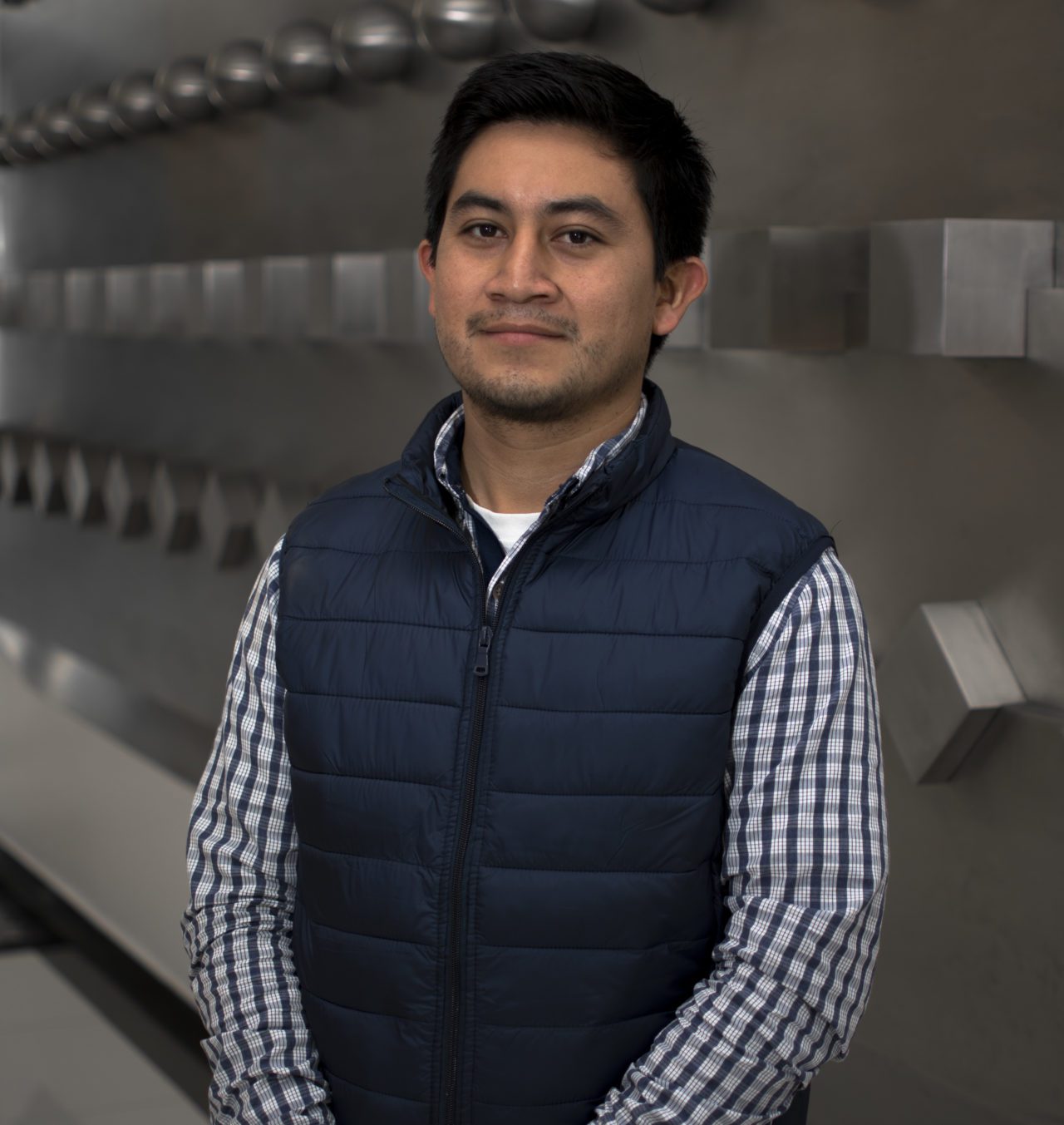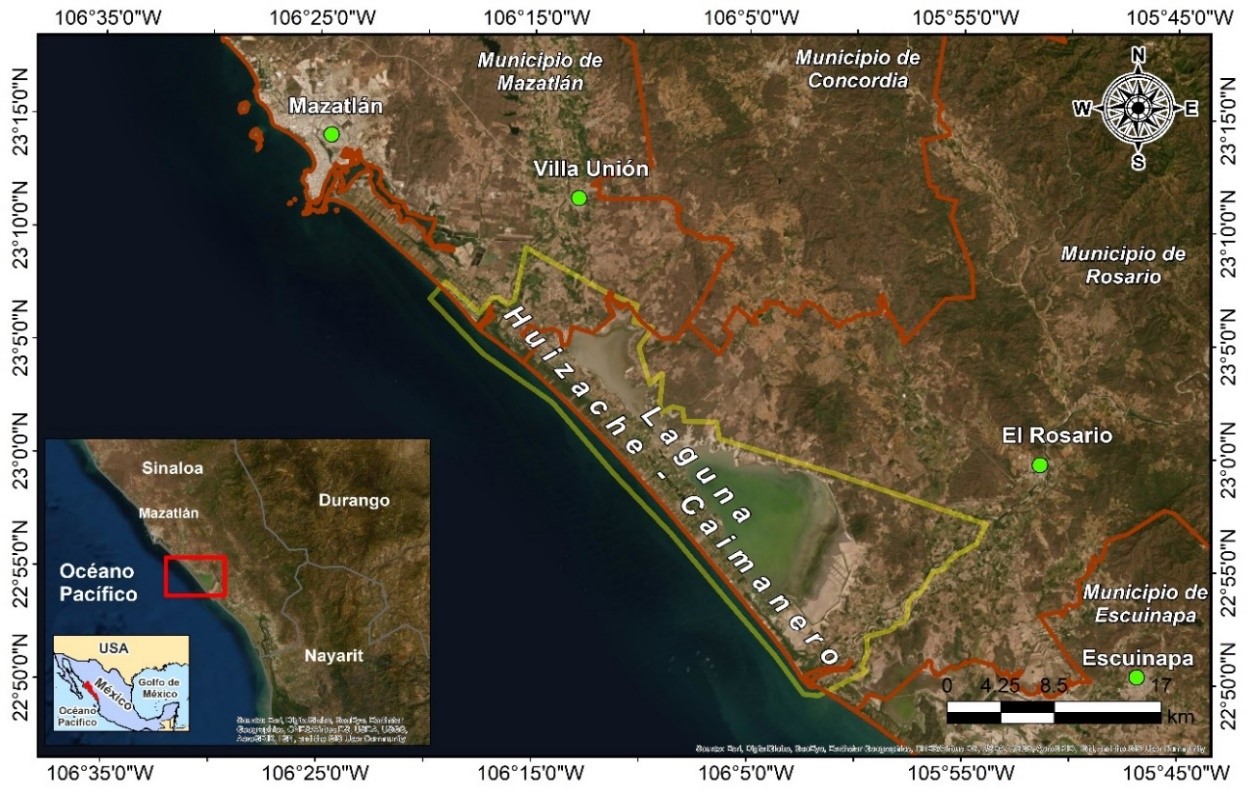Román Canul

Hydrogeomorphological Management Plan for the Huizache – Caimanero Lagoon System
Project Site: Sinaloa, Mexico
Sector: NGO
Disciplines: Civil Engineering, Hydrogeomorphology, Restoration
Collaborators: Conselva Costas y Comunidades, UNAM, Municipality of El Rosario, Fishing Cooperatives Federation “Laguna del Caimanero”, Fishing Cooperatives Federation “Camaroneros de Agua Verde”, Fishing Cooperatives Federation “Guerreros del Sur”, Universidad de Cádiz
Roman is a Civil Engineer with a Masters in Coastal Zone Management and currently a PhD candidate at the National Autonomous University of Mexico (UNAM) and a member of the Coastal and Ports Engineering Group at the Engineering Institute – UNAM. He has actively collaborated in coastal research projects in Mexico, including the morpho-dynamic characterization of beaches and the development of natural risk atlases.
His interests are centered around the analysis of coastal vulnerability, wetland hydrodynamics, erosion and its potential solutions, and the sustainable management and restoration of coastal ecosystems. The lagoon system of Huizache-Caimanero, in the municipality of El Rosario, Sinaloa, is one of the most important sites for migratory birds in Mexico, as it hosts 19% of the registered shorebirds in the Pacific.
The lagoon system provides important environmental services that sustain a local economy and contribute to reducing vulnerability from climate change effects, as well as providing physiographic continuity and connectivity to the wetland Marismas Nacionales, one of the most important wetlands in the continent.

However, the environmental services have been reducing due to severe sedimentation, changes in land use in the middle and lower basin, farming expansion, the establishment of aquaculture farms and the reduction of freshwater flows by the damming of the Presidio and Baluarte rivers. This has impacted water quality, caused stress on mangrove populations, reduced available habitat for shorebirds and has collapsed the shrimp fishery, from what was once the most productive lagoon system along the Mexican Pacific.
For these reasons, it is urgent to take actions that contribute to the improvement of the ecological functionality of Huizache-Caimanero. This will be done through the design and implementation of a Hydrogeomorphological Management Plan that includes restoration actions, reestablishment of hydrological connectivity, preservation of priority sites and adaptation to sea level rise. The project will be strengthened through a participatory process of governance and agreement building, in which the productive sectors, academia, citizens and authorities are involved through the integration of a multi-sectoral group, implemented through the Local Land-Use Plan.
The host institution for this project is Conselva Costas y Comunidades, A.C., a nonprofit environmental organization with more than 10 years of experience in Northwestern Mexico. Conselva shares an intense environmental agenda with local, state and federal authorities, as well as with social leaders and stakeholders, to restore and increase the natural water catchment, prevent river pollution, conserve biodiversity and promote orderly, prosperous and sustainable economic development.

The Coastal Solutions Fellows Program builds and supports an international community to design and implement solutions that address coastal challenges across the Pacific Americas Flyway. Our main goal is to conserve coastal habitats and shorebird populations by building the knowledge, resources, and skills of Latin American professionals, and by fostering collaborations among multiple disciplines and sectors.
